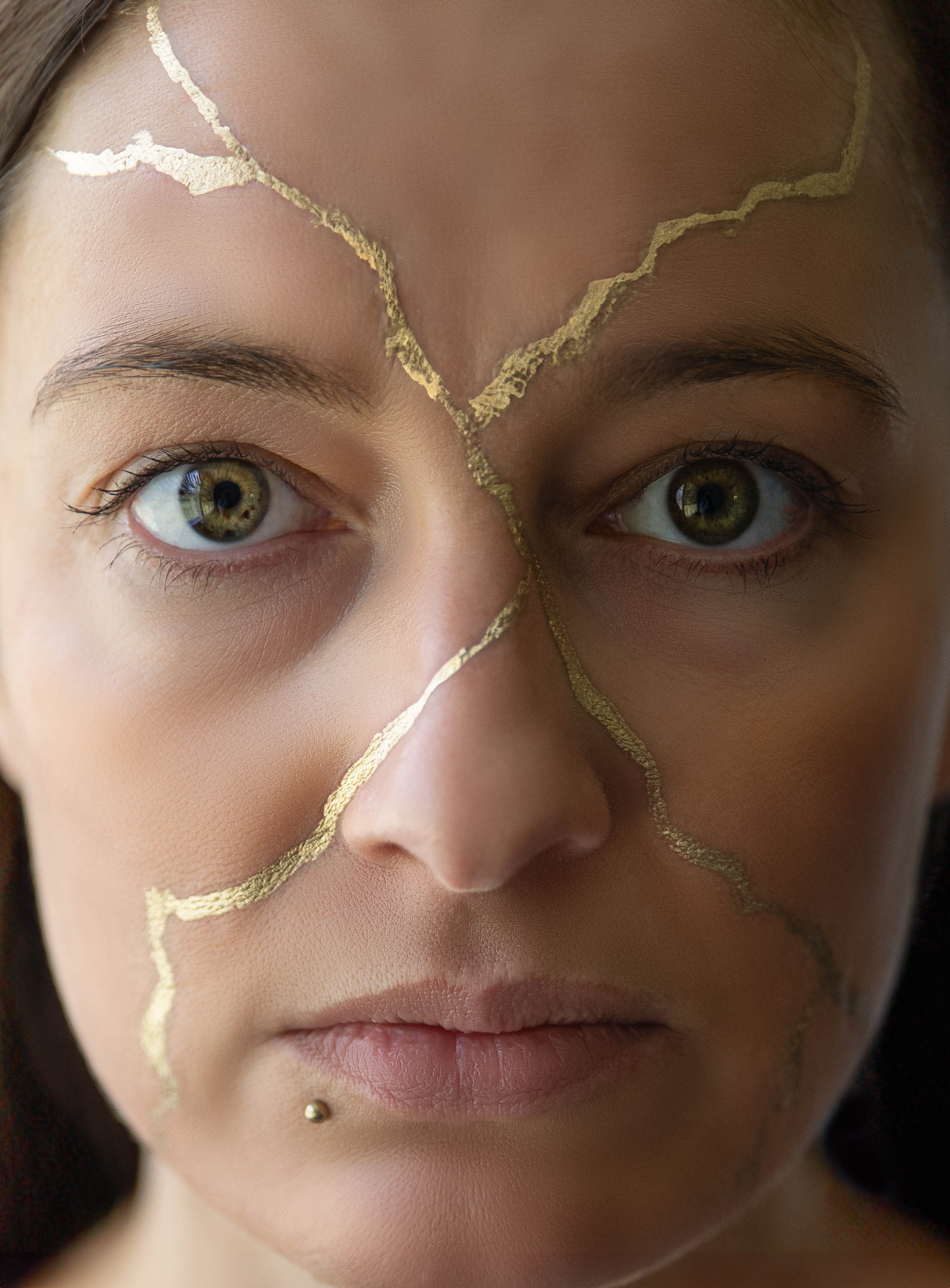Blog
Welcome

Recent posts
- Silhouette in Tulle: Capturing the Strength and Vulnerability of Pregnancy in Maternity Photography
- Preserving Memories: The Timeless Value of Professional Prints
- Capturing the Magic: Behind the Scenes of a Stunning Maternity Shoot
- Celebrating Motherhood: The Empowering Essence of Maternity Photography
- Empowering Through the Lens: Utilizing DBT Techniques for Trauma-Informed Photography
Categories
"In the art of life, we are like the ancient Japanese art of Kintsugi, where our cracks and imperfections are not hidden but celebrated. Embracing our flaws, we become masterpieces, more beautiful and resilient for having been broken."
-Stacey Eileen


loading...


In a world that often strives for perfection, the Japanese art of Kintsugi stands as a powerful metaphor for embracing our imperfections and finding beauty in our brokenness. Derived from the words "kin" (golden) and "tsugi" (joinery), Kintsugi is the ancient art of repairing broken pottery with a special lacquer mixed with powdered gold, silver, or platinum. The philosophy underlying Kintsugi suggests that the mended object becomes even more beautiful for having been broken.
The Beauty of Brokenness:
In the journey of life, we, too, experience moments of fracture and imperfection. Rather than concealing our flaws, Kintsugi encourages us to highlight them, recognizing that our scars and experiences shape our unique identity. The process of repairing broken pottery involves meticulous care and attention, symbolizing the effort we invest in healing and self-discovery.
Symbolism of Kintsugi:
The golden seams in Kintsugi are not merely repairs; they are a celebration of the object's history. Similarly, our scars, both physical and emotional, are not marks of weakness but testimonials of our strength and resilience. Kintsugi teaches us to acknowledge the beauty within our imperfections, fostering a sense of self-acceptance and appreciation.
Learning from the Process:
Kintsugi is not a quick fix; it is a deliberate and thoughtful process. Similarly, our personal growth and acceptance of imperfections require time, reflection, and a commitment to self-improvement. Just as the cracked pot becomes a masterpiece through careful repair, we can transform our perceived weaknesses into sources of strength.
The Art of Self-Compassion:
In a society that often emphasises flawless exteriors, practicing self-compassion becomes crucial. Kintsugi invites us to extend the same compassion to ourselves that we might offer to a cherished piece of pottery. By acknowledging and embracing our imperfections, we pave the way for personal growth and self-love.
Creating a Golden Narrative:
Our life stories, much like the repaired pottery, can be enriched by our experiences. Kintsugi teaches us to view our narrative as a work of art in progress, with each chapter contributing to the intricate masterpiece that is our life. By infusing our stories with resilience, we turn adversity into a golden thread that weaves through our personal tapestry.
Conclusion:
As we navigate the journey of life, let us draw inspiration from the art of Kintsugi. By acknowledging our flaws and embracing the process of repair, we not only mend our broken pieces but also transform into uniquely beautiful individuals. The golden seams of Kintsugi remind us that our imperfections are not hindrances but rather pathways to a more profound and authentic version of ourselves. Through this ancient art, we discover that, like the pottery, we become better, more valuable, and infinitely more beautiful for having been broken.
If you wish to be a part of our exciting new #brokenpotproject please click the link below to learn more:

